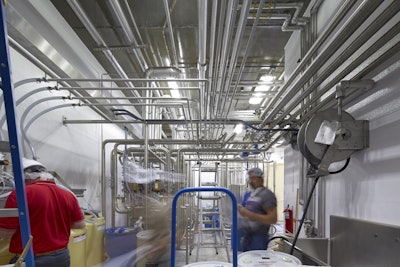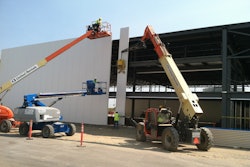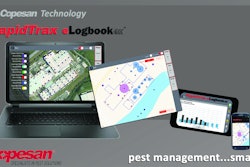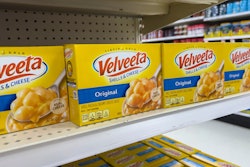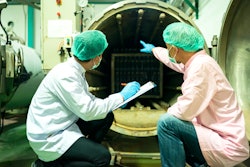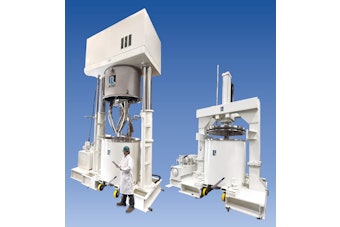Clean-in-place (CIP) systems play an integral role in sanitary plant design. They not only help food and beverage manufacturers clean parts of equipment that are difficult to reach, but CIP minimizes cleaning time and the labor needed for it, ensures consistency and repeatability of the cleaning process, improves efficient use of water and cleaning chemicals, and ultimately increases the productivity of the plant. Here are some tips from The OpX Leadership Network’s CIP for CPGs Clean-in-Place Guidelines for Consumer Packaged Goods Manufacturers that will help food and beverage manufacturers design effective CIP systems.
1. Always remember that water runs downhill …
2. … and that it is easier to pump water into a tank than to pump it out.
3. Pitch tank “CIP Return” Manifold/Connections continuously to pump inlet.
4. Keep tank head nozzles few in number, short in length and large in diameter.
5. Avoid 3-port divert valves like the common plague.
6. Design to close all valves against flow.
7. Locate CIP systems in (near) and (when possible) beneath the center of CIP loads.
8. Eliminate all “Dead Ends” (branches of more than 1-1/2 pipe diameters), for they will trouble you forever.
9. Pitch all lines to easily opened drain points.
10. Design and install supports to eliminate “friendly” piping that waves when starting pumps and opening and closing valves, for friendly systems are short lived.
To download the CIP for CPGs Clean-in-Place Guidelines for Consumer Packaged Goods Manufacturers and the CIP for CPGs Clean-in-Place Checklist, please visit www.opxleadershipnetwork.org.
And for more information on sanitary plant design, read "Managing your risk".
